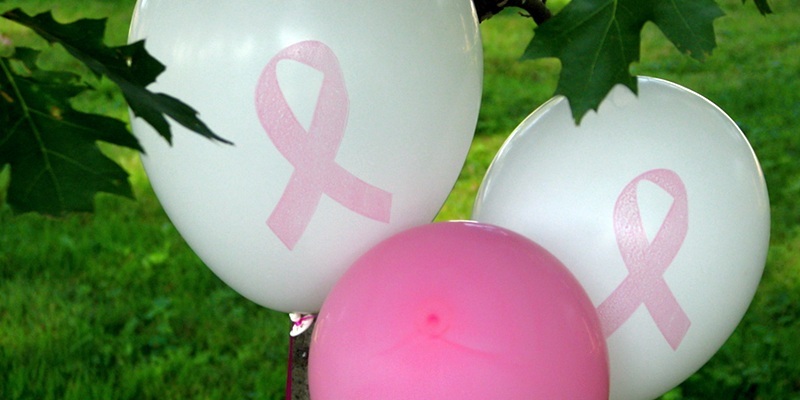Women who have their children later in life could be putting themselves at increased risk of cancer.
New figures published today to coincide with World Cancer Day show the lifetime risk of getting breast cancer has risen over 10 years.
Cancer Research UK said lifestyle factors and having a family history of the disease increase a woman’s risk of breast cancer. Nowadays, women tend to have fewer children later in life and this, too, increases risk.
Age is also a risk factor, with almost half of all women diagnosed with breast cancer aged between 50 and 69.
However, though the risk of getting breast cancer has increased, the good news is that most people survive the disease.
Almost two out of every three women with breast cancer now survive their disease beyond 20 years, and more than three-quarters of women diagnosed with breast cancer survive for at least 10 years or more.
Cancer Research UK says the lifetime risk of getting breast cancer has now risen from one-in-nine women to one-in-eight.
New figures published today also show that breast cancer rates in the UK have increased by 3.5% in 10 years with 47,700 women diagnosed with the disease in 2008 compared with 42,400 in 1999.IncreaseIn Scotland rates have increased by 4.4% in 10 years with 4200 women diagnosed with the disease in 2008 compared with 3700 in 1999.
The biggest rise in rates was among women aged between 50 and 69 where rates across the UK increased by more than 6% in the same 10-year period, with a similar rise in Scotland.
In 2008 almost half of all women in Scotland and in the UK as a whole diagnosed with breast cancer were aged between 50 and 69, but Scotland showed a greater drop in rates among younger women aged 25 to 49, where rates fell by almost 2% compared to a 0.5% fall across the UK.
In 2008 around 22,900 women aged between 50 and 69 were diagnosed with breast cancer in the UK almost half (48%) of the total number of cases. In Scotland it was around 2000 women (49%).
Around 15,700 cases (33%) were diagnosed in women over 70 in the UK, with the figure for Scotland almost 1400 cases (33%).
Sara Hiom, Cancer Research UK’s director of health information, said, “Women cannot change their genes, but small changes in everyday habits can help to reduce cancer risk.
“Cutting back on alcohol by keeping within government recommended limits of no more than 14 units a week (a small drink a day) helps.
“Women should also discuss hormone replacement therapy with their doctor as long-term use can raise breast cancer risk.
“Mammograms will pick up breast cancers early on before they can be felt as a lump or spotted through other visible changes and we know that the earlier a cancer is detected the more successful treatment is likely to be so women can benefit by taking up invitations to breast screening.”
Photo used under Creative Commons licence courtesy of Flickr user audreyjm529.
